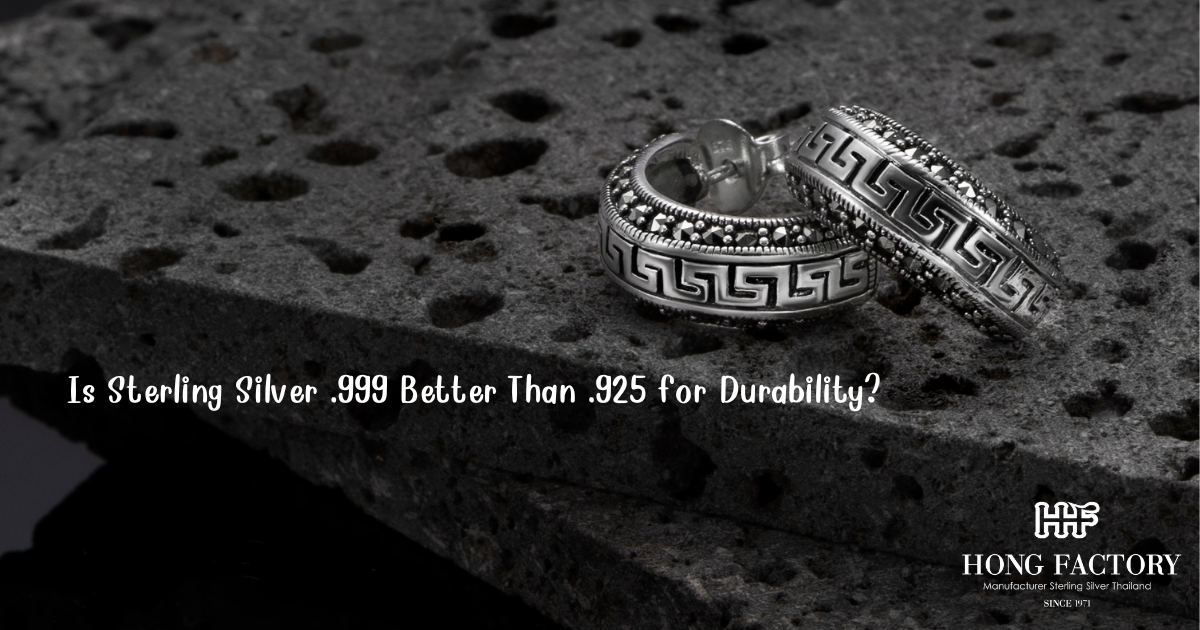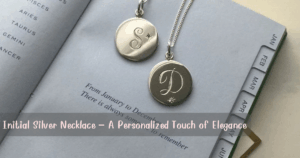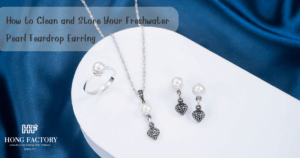When it comes to buying silver jewelry or investment pieces, purity and durability are two key factors that often determine value. Many buyers wonder whether sterling silver .999 is better than .925 sterling silver, especially in terms of long-term wear and strength. This article explores what “Is Sterling Silver .999” means, how it compares to .925 silver, and which is more durable for everyday use. 925
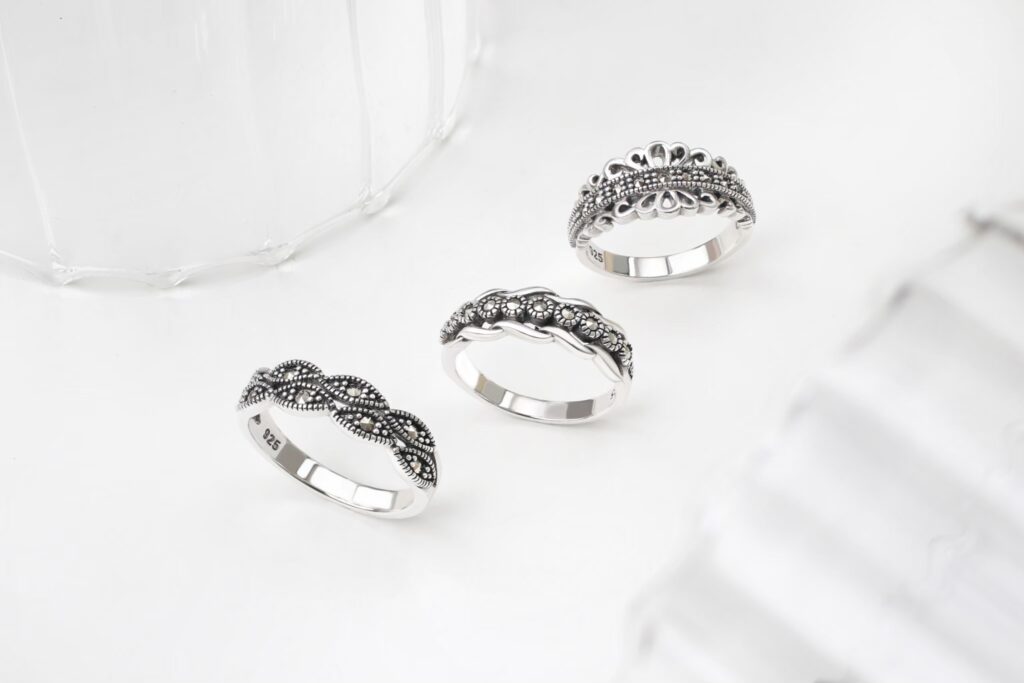
Understanding Silver Purity Grades
Silver purity is expressed in parts per thousand, showing how much pure silver exists in an alloy. The two most popular standards are:
- .999 Fine Silver: Contains 99.9% pure silver and only 0.1% trace elements. This is often referred to as fine silver or pure silver.
- .925 Sterling Silver: Contains 92.5% pure silver and 7.5% other metals, typically copper, which adds strength and hardness.
While both are considered real silver, they behave differently in crafting, polishing, and daily wear due to their composition.
Is Sterling Silver .999 Better for Durability?
The short answer is no .999 fine silver is not more durable than .925 sterling silver. In fact, it’s quite the opposite. While .999 fine silver has higher purity, it’s also much softer and more prone to bending, scratching, and denting. The trace metals in sterling silver (.925) make it significantly stronger and better suited for jewelry that experiences daily wear.
Why .925 Sterling Silver Is More Durable
Sterling silver (.925) includes 7.5% copper, which dramatically improves its hardness and wear resistance. This makes it ideal for jewelry items like rings, bracelets, and chains that undergo frequent handling and friction.
The durability of sterling silver ensures that jewelry maintains its shape and luster for many years. It’s also easier to set with gemstones or engrave, making it the top choice for designers and artisans.
Key durability advantages of .925 sterling silver:
- Resistant to bending and scratches.
- Ideal for intricate jewelry work.
- Holds its polish longer with proper care.
- Easier to repair or resize.
In contrast, fine silver (.999) is so soft that even light pressure can deform it, which limits its use in wearable designs.
When .999 Fine Silver Excels
While .925 silver dominates in durability, .999 fine silver still has unique strengths that make it valuable for other purposes. Its near-pure composition provides a brighter luster and greater resistance to tarnish. It’s commonly used for:
- Bullion coins and bars: Investors value its purity and intrinsic worth.
- Commemorative items: Collectors prize fine silver for its premium finish.
- Artisan jewelry: Some high-end artists use .999 for delicate pendants or earrings that aren’t exposed to much wear.
However, these uses prioritize appearance and purity over practicality and longevity.

The Role of Copper in Sterling Silver Strength
The small percentage of copper in sterling silver plays a huge role in improving its durability. Copper increases the metal’s tensile strength, making it less likely to bend or warp. It also enhances its ability to hold fine detailing an essential quality for filigree, engraving, and gemstone setting.
However, copper does have one drawback: it reacts with sulfur and oxygen, leading to tarnish over time. Fortunately, regular polishing and proper storage can easily restore its shine.
Maintenance and Longevity Comparison
Both .999 and .925 silver require care to maintain their beauty, but their upkeep differs:
- .999 Fine Silver: Less likely to tarnish but easier to dent or scratch. Handle gently and store in soft pouches.
- .925 Sterling Silver: Tarnishes faster but resists physical damage better. Regular cleaning restores brilliance easily.
For everyday jewelry, .925 sterling silver offers a longer lifespan with less risk of visible wear.
Value vs. Durability: Finding the Balance
If you’re investing, .999 fine silver holds more intrinsic value per ounce because of its purity. But if you’re buying jewelry for long-term wear, .925 sterling silver offers better value through strength and longevity.
Many jewelry enthusiasts find that sterling silver’s slight alloy content enhances its practicality without compromising its beauty. Its durability makes it perfect for both simple and intricate designs from casual bracelets to heirloom engagement rings.
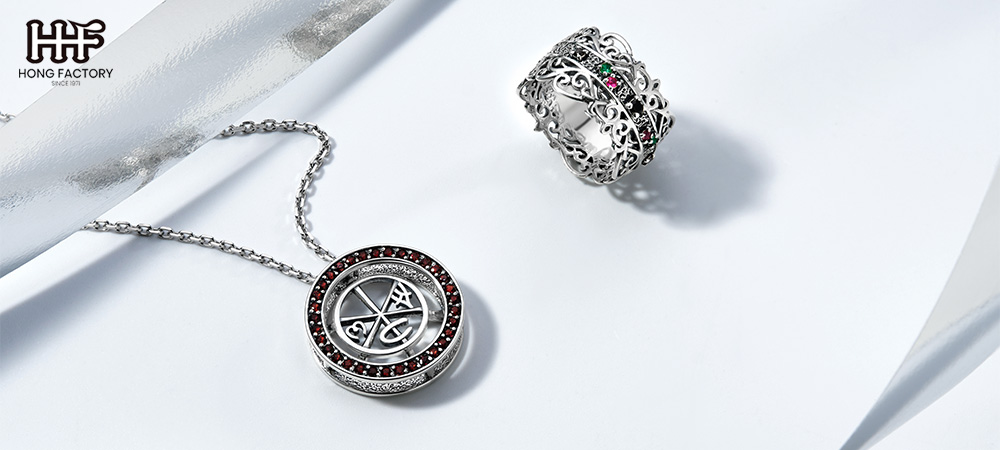
Choosing Between .999 and .925 Silver
Here’s how to decide which is best for your needs:
- Choose .999 Fine Silver if you want investment-grade purity or collectable art jewelry.
- Choose .925 Sterling Silver if you need long-lasting, wearable pieces that won’t easily bend or break.
Ultimately, the “better” silver depends on whether you prioritize purity or practicality.
When comparing .999 fine silver and .925 sterling silver, the conclusion is clear: sterling silver is far more durable. The small amount of copper alloy in .925 gives it strength and resilience that .999 silver lacks.
So, when you hear the question “Is Sterling Silver .999 better than .925 for durability?”, the answer is simple no, it’s not. Pure silver may be more valuable by purity standards, but sterling silver is the true champion of durability, making it the preferred choice for everyday jewelry and timeless craftsmanship.
